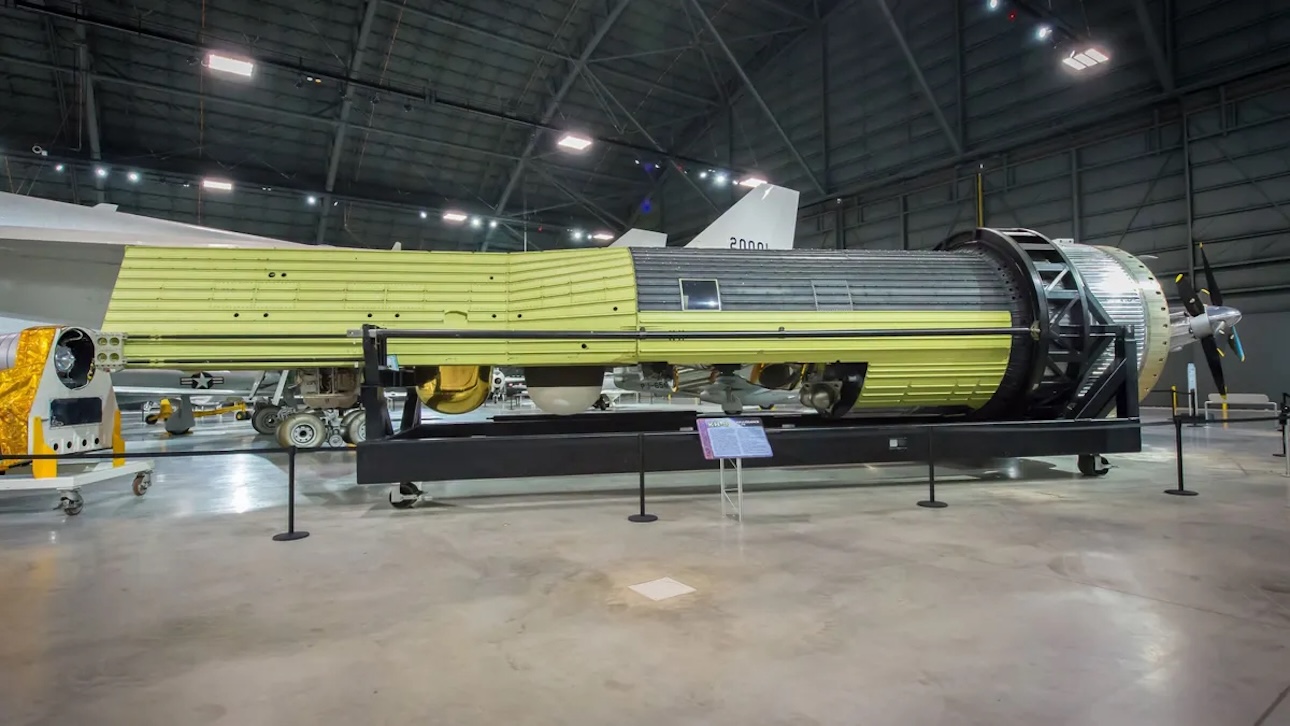Marine Drugs, Vol. 22, Pages 198: Structural Elucidation of Glycosaminoglycans in the Tissue of Flounder and Isolation of Chondroitin Sulfate C
Marine Drugs doi: 10.3390/md22050198
Authors: Zhe Wang Weiwen Wang Hao Gong Yudi Jiang Renjie Liu Guangli Yu Guoyun Li Chao Cai
Glycosaminoglycans (GAGs) are valuable bioactive polysaccharides with promising biomedical and pharmaceutical applications. In this study, we analyzed GAGs using HPLC-MS/MS from the bone (B), muscle (M), skin (S), and viscera (V) of Scophthalmus maximus (SM), Paralichthysi (P), Limanda ferruginea (LF), Cleisthenes herzensteini (G), Platichthys bicoloratus (PB), Pleuronichthys cornutus (PC), and Cleisthenes herzensteini (CH). Unsaturated disaccharide products were obtained by enzymatic hydrolysis of the GAGs and subjected to compositional analysis of chondroitin sulfate (CS), heparin sulfate (HS), and hyaluronic acid (HA), including the sulfation degree of CS and HS, as well as the content of each GAG. The contents of GAGs in the tissues and the sulfation degree differed significantly among the fish. The bone of S. maximus contained more than 12 μg of CS per mg of dry tissue. Although the fish typically contained high levels of CSA (CS-4S), some fish bone tissue exhibited elevated levels of CSC (CS-6S). The HS content was found to range from 10–150 ug/g, primarily distributed in viscera, with a predominant non-sulfated structure (HS-0S). The structure of HA is well-defined without sulfation modification. These analytical results are independent of biological classification. We provide a high-throughput rapid detection method for tissue samples using HPLC-MS/MS to rapidly screen ideal sources of GAG. On this basis, four kinds of CS were prepared and purified from flounder bone, and their molecular weight was determined to be 23–28 kDa by HPGPC-MALLS, and the disaccharide component unit was dominated by CS-6S, which is a potential substitute for CSC derived from shark cartilage.

 1 week ago
15
1 week ago
15


